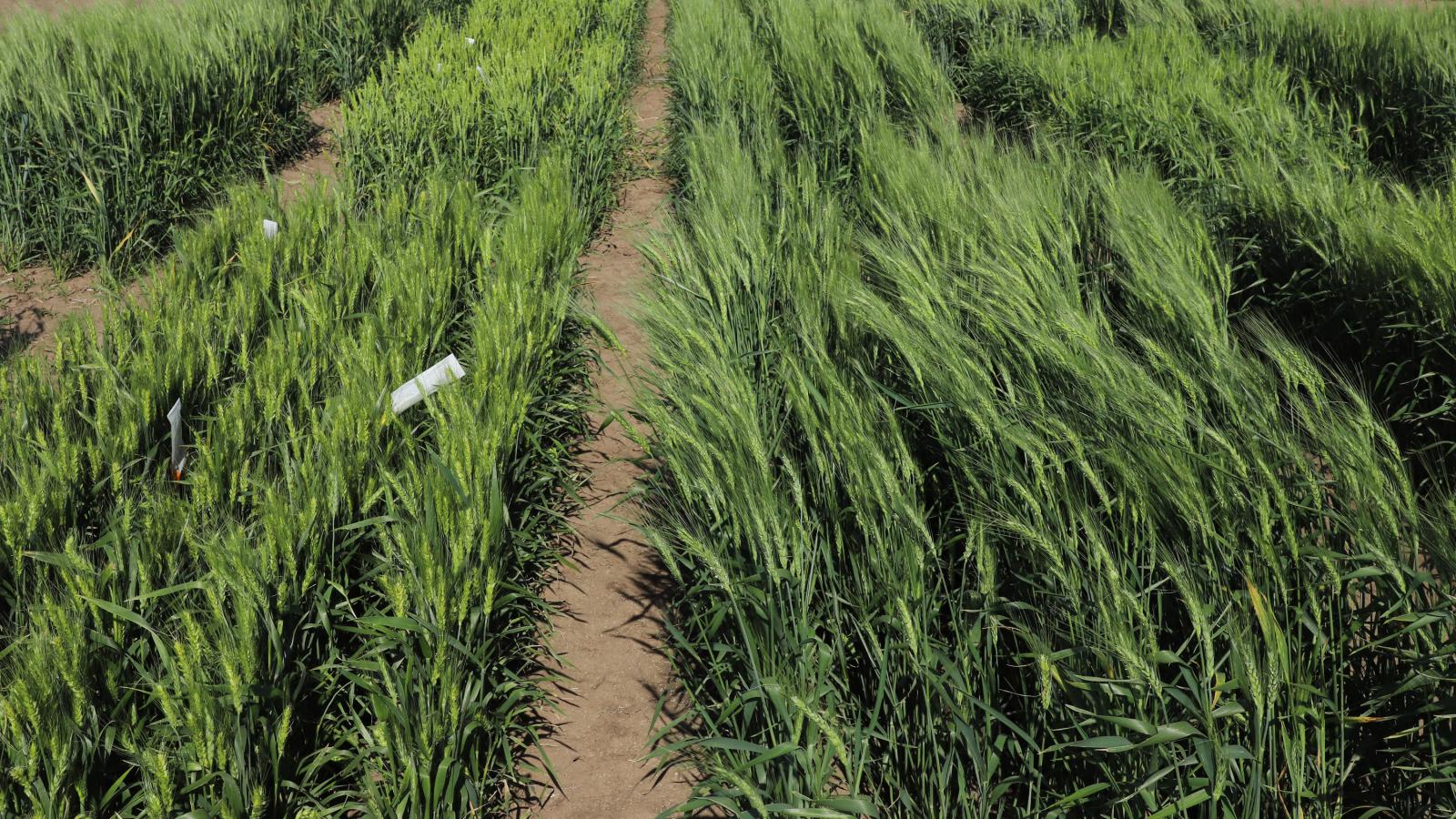Instructor(s): Don Lee
Number of Credit Hours: 1
Cross-listings: PLAS 409A, HORT 809A
Prerequisites: None.
Description: The application of fundamental genetics principles in inheritance, gene mapping and DNA analysis to decision making by plant breeders with the goal of improving disease resistance in crop cultivars. Learning is structured by the genetics discovery story told in published research articles and the thinking process of plant breeders who will use these discoveries in their work.
Learning Outcomes/Course Objectives
- Recognize oomycete disease symptoms in soybeans and relate disease severity and progress to pathogen life cycle, field history and conditions.
- Explain the biological / genetics basis for the observation that disease resistance from old varieties will not always work in new varieties.
- Outline how plant breeders use “germplasm” to discover new R genes.
- Plan and predict the success rate of plant breeders who want to pyramid R genes or make sure their new varieties have the right R genes.
- Justify the biological / genetic basis for why partial resistance in soybean varieties an important goal for breeders and farmers.
- Describe how breeders use DNA data to help them select for both R genes and for genes which control partial resistance.
- Use peer reviewed extension resources designed for practitioners and published peer reviewed research articles to share an analysis of the use of genetic resistance and breeding in the management of diseases.
